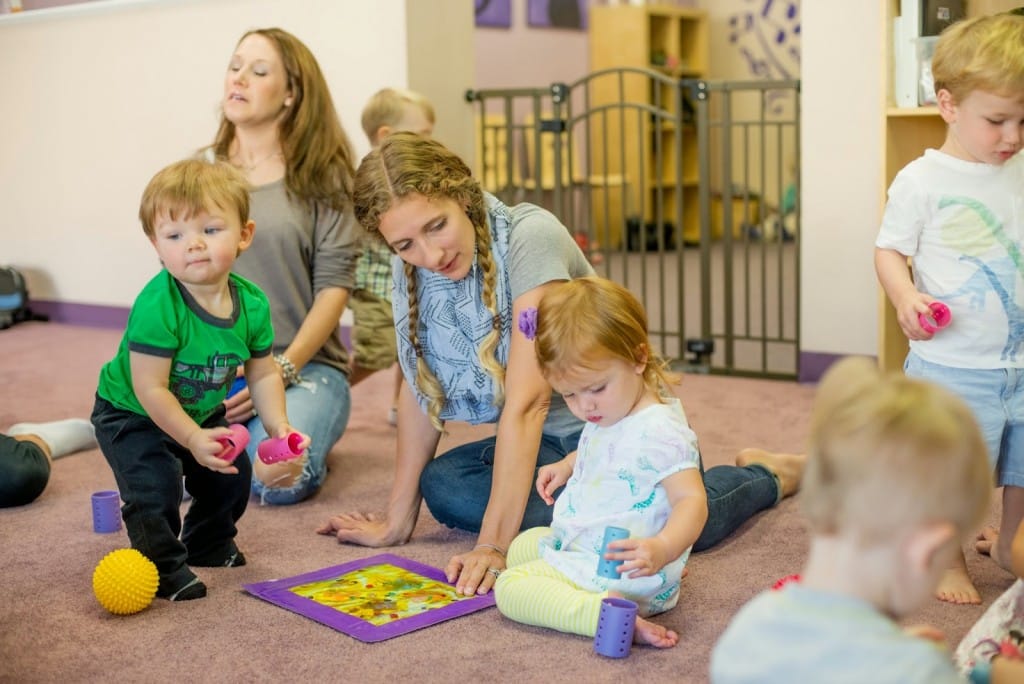Exploring Baby’s Senses
Early learning happens through the
senses. Babies’ ability to see, hear, smell, taste, and touch, as well as
their proprioceptive and vestibular senses, allow them to take in information
about the world. In class, we provide baby with a variety of sensory
experiences, with an emphasis on touch & sound. From hearing bees
buzz, to playing with bells, to feeling the ‘wind’ blown gently on their faces,
these activities engage baby’s senses. Since babies learn and remember
more when they engage their senses, these activities help them develop
cognitively, linguistically, socially, emotionally, physically, and creatively.
senses. Babies’ ability to see, hear, smell, taste, and touch, as well as
their proprioceptive and vestibular senses, allow them to take in information
about the world. In class, we provide baby with a variety of sensory
experiences, with an emphasis on touch & sound. From hearing bees
buzz, to playing with bells, to feeling the ‘wind’ blown gently on their faces,
these activities engage baby’s senses. Since babies learn and remember
more when they engage their senses, these activities help them develop
cognitively, linguistically, socially, emotionally, physically, and creatively.
On
our blog – learn more about multi-sensory learning!
our blog – learn more about multi-sensory learning!
Kindermusik@Home:
- Log in to your Kindermusik @ Home account, and read the Wiggle Waggle Bee!
- Look on the Nature Walk homepage, and find the download center, on the
lower right. Your music is in the red dot furthest to the
left. - Then, take baby on a Sensory Walk! What can you help your baby see (notice), touch, smell, or even taste while walking outside?



Leave a Reply